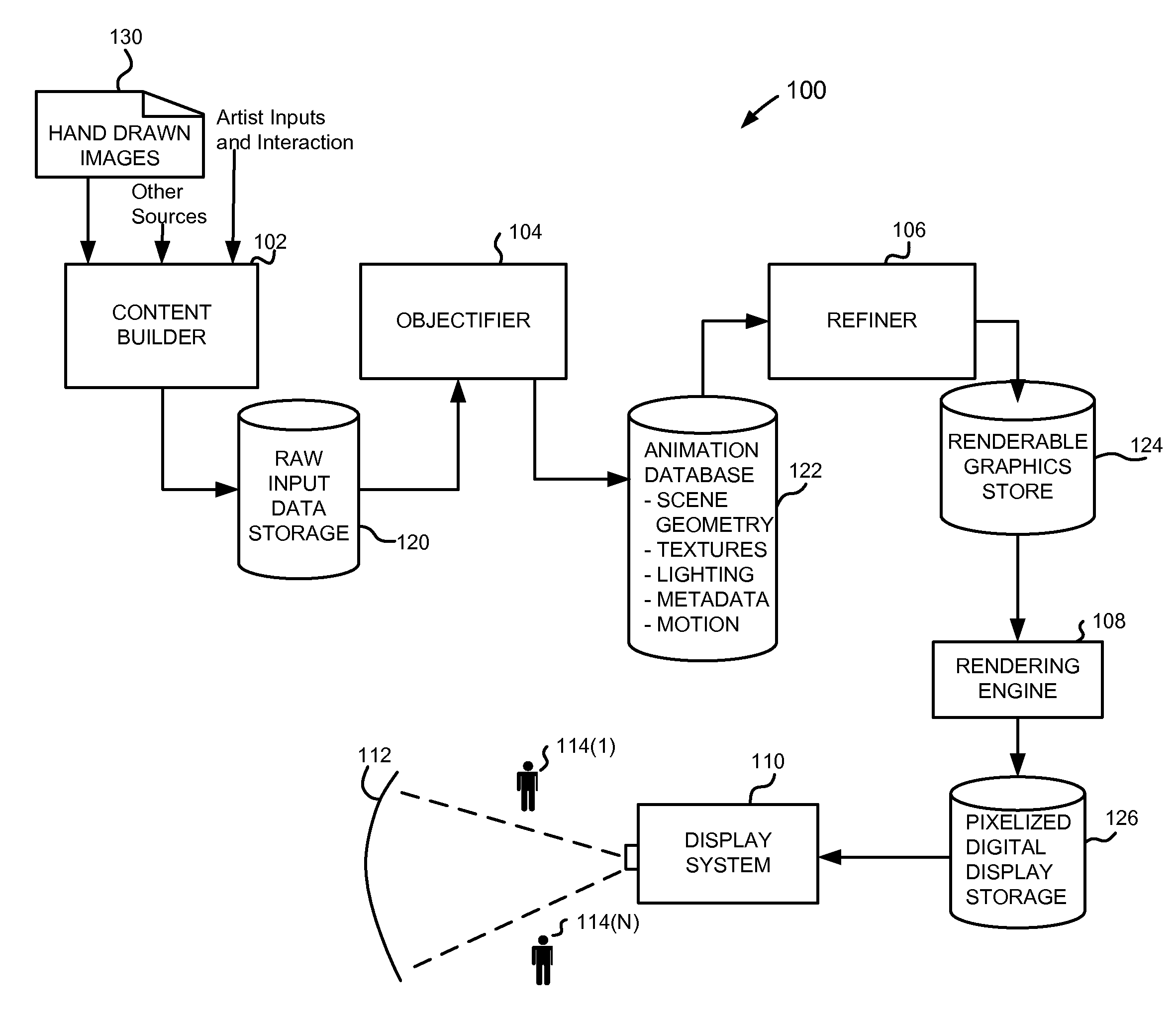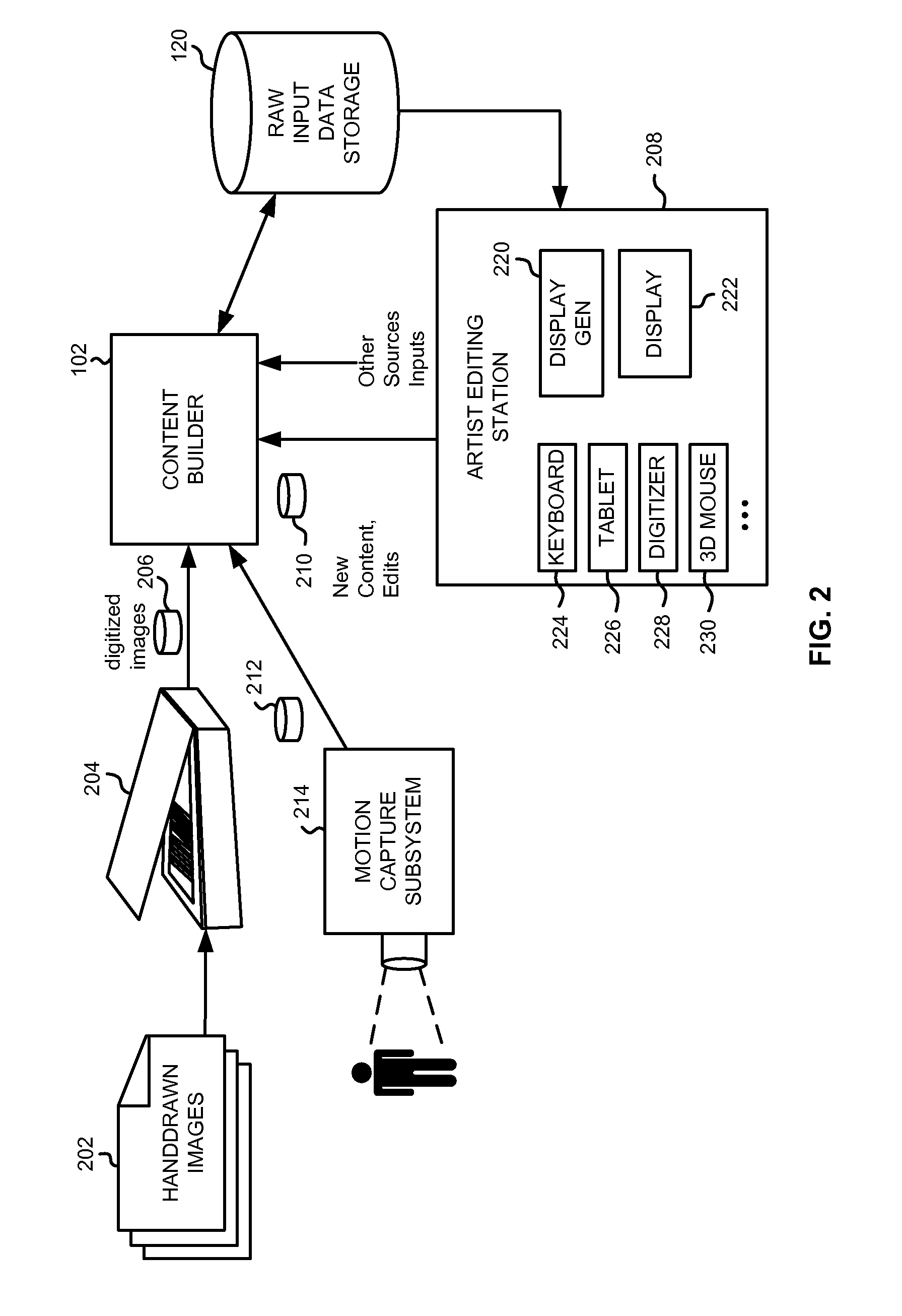Perceptually-based compensation of unintended light pollution of images for projection display systems
a projection display and perception-based technology, applied in the field of optical systems, can solve the problems of unintended light leakage, light pollution, pixels in the right eye's image, etc., and achieve the effect of reducing the amount of computation
- Summary
- Abstract
- Description
- Claims
- Application Information
AI Technical Summary
Benefits of technology
Problems solved by technology
Method used
Image
Examples
Embodiment Construction
[0023]An improved image processing system is described herein that can be used to process images to reduce perception of ghosting and / or used as part of a display system that processes the images and displays them.
[0024]Viewing stereoscopic 3D imagery already requires an increased cognitive load for the human visual system (HVS), due to the fact that two-view stereo is only an approximation to natural depth perception and stereoscopic 3D displays require a decoupling between focus and vergence, since the images are always displayed on the same plane in depth, i.e., the screen, so ghosting should not make it worse. Ghosting introduces a conflicting perceptual depth cue, also referred to as retinal rivalry, where the stereopsis process of the human visual system alternately attempts to fuse the intended and unintended edges to obtain a depth perception. This leads to further increasing the cognitive load. By performing perceptual deghosting, the resulting stereoscopic 3D images, speci...
PUM
 Login to View More
Login to View More Abstract
Description
Claims
Application Information
 Login to View More
Login to View More - R&D
- Intellectual Property
- Life Sciences
- Materials
- Tech Scout
- Unparalleled Data Quality
- Higher Quality Content
- 60% Fewer Hallucinations
Browse by: Latest US Patents, China's latest patents, Technical Efficacy Thesaurus, Application Domain, Technology Topic, Popular Technical Reports.
© 2025 PatSnap. All rights reserved.Legal|Privacy policy|Modern Slavery Act Transparency Statement|Sitemap|About US| Contact US: help@patsnap.com



